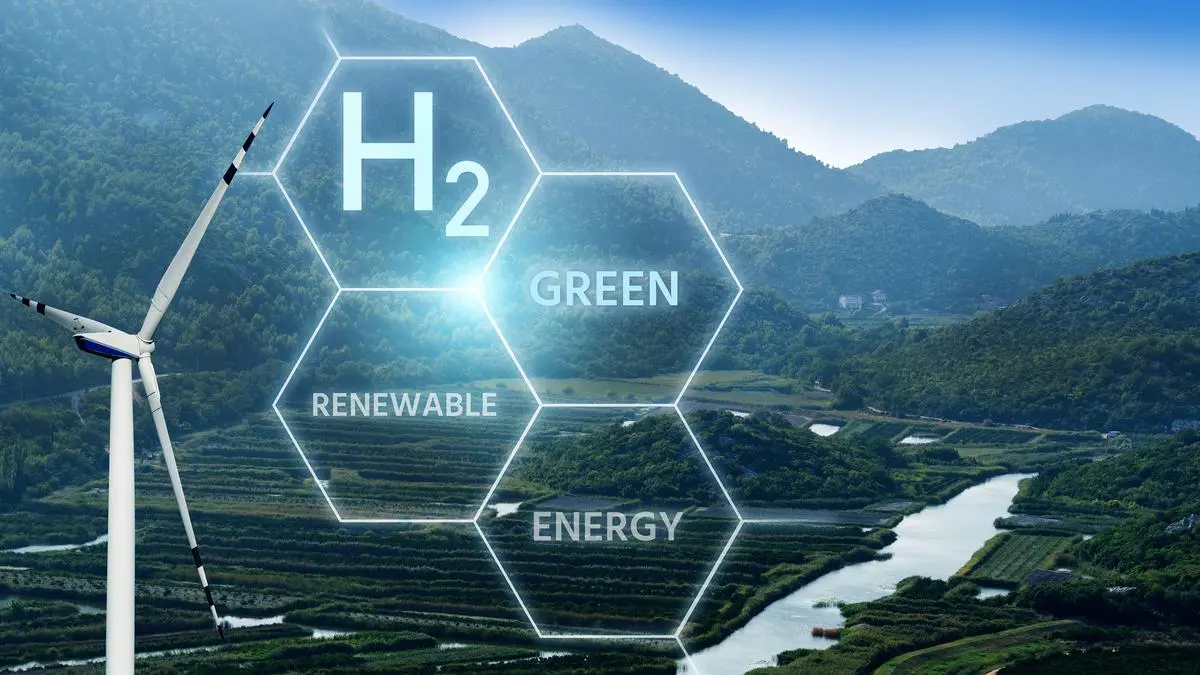AI Revolutionizing Green Hydrogen Production: Cost-Efficiency and Catalyst Development
Key Ideas
- AI and machine learning are reducing costs in green hydrogen production by optimizing operational parameters and identifying affordable catalysts.
- The application of AI in electrolysis processes has shown efficiency gains of 5-15% and can potentially enhance further with increased operational data.
- Researchers are developing ML methodologies to predict and design cost-effective intermetallic catalysts for hydrogen evolution reactions, utilizing regression algorithms for accurate predictions.
- The integration of AI-driven catalyst design and efficient electrolysis systems is crucial for making green hydrogen commercially viable and advancing towards a sustainable energy system.
The article discusses how artificial intelligence (AI) and machine learning (ML) are playing a key role in revolutionizing green hydrogen production by addressing the cost challenges associated with electrolysers and electricity. By analyzing real-time operational parameters, predicting faults, and identifying alternative catalysts, AI is helping to drive cost-efficiency in the green hydrogen sector. Several pilot projects utilizing AI have already achieved efficiency gains, with potential for further enhancement as more operational data becomes available.
One significant area where AI is making an impact is in the identification of affordable catalysts for hydrogen evolution reactions in electrolysers. By leveraging ML methodologies, researchers are developing predictive models to design high-performance catalysts, overcoming the limitations of traditional trial-and-error methods. The use of regression algorithms like Random Forest and XGBoost enables accurate predictions of catalytic activity, paving the way for the discovery of new catalyst candidates.
While AI-driven catalyst design has shown promising results with the emergence of various candidates, the article highlights the importance of bridging the gap between research and industrial implementation. Successful catalyst design and integration with existing systems are essential for the widespread adoption of green hydrogen. The article concludes by emphasizing the potential of AI to revolutionize green hydrogen production, bringing us closer to a sustainable global energy system.
